Hairy Sunflower
- September 26, 2023
- 0 comment
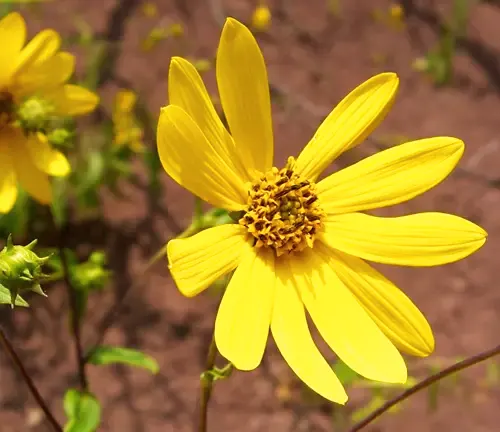
The Hairy Sunflower, scientifically known as Helianthus hirsutus, is a striking wildflower native to various regions of North America. This sunflower species is renowned for its distinctive appearance, characterized by its tall, hairy stems and vibrant yellow blossoms. The Hairy Sunflower typically reaches heights of 3 to 6 feet, making it a prominent feature in meadows, prairies, and open woodlands. Its robust nature and adaptability make it a favorite among gardeners and conservationists alike.
Beyond its aesthetic appeal, this sunflower species plays a crucial role in supporting local wildlife by providing nectar and seeds for various pollinators and bird species. Ecologically, the Hairy Sunflower plays a crucial role in supporting local wildlife and enhancing biodiversity. Its nectar-rich flowers are a magnet for pollinators, particularly bees and butterflies. These insects visit the flowers in search of nectar, inadvertently transferring pollen from one bloom to another, thus aiding in the sunflower’s reproduction and contributing to the pollination of nearby plants.
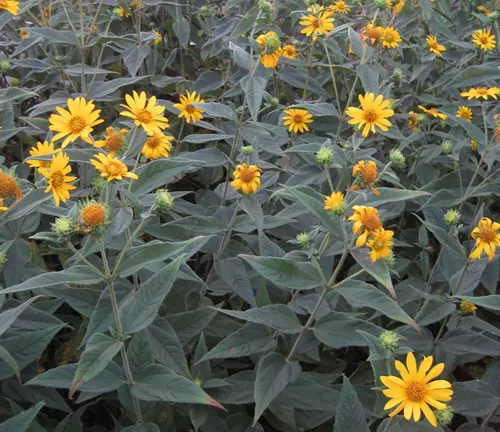
This relationship between the Hairy Sunflower and pollinators highlights its importance in maintaining healthy ecosystems and ensuring the survival of various plant species. Moreover, the seeds produced by the Hairy Sunflower are a valuable food source for wildlife, especially birds. Many bird species, such as finches and sparrows, rely on the seeds as a nutritious part of their diet. This dependence on sunflower seeds makes the Hairy Sunflower an essential component of the food web in its native habitats, supporting the survival and diversity of local bird populations.

| Characteristics | Description |
| Scientific Name | Helianthus hirsutus |
| Common Name | Hairy Sunflower |
| Plant Type | Perennial Wildflower |
| Height | 3 to 6 feet |
| Stem Characteristics | Hairy, rough texture |
| Flower Color | Bright Yellow |
| Flower Characteristics | Daisy-like, with a prominent central disk |
| Bloom Period | Late summer to early fall |
| Habitat | Meadows, prairies, open woodlands, roadsides |
| Ecological Significance | Attracts pollinators (bees, butterflies), provides seeds for birds |
| Cultural Use | Native plant gardening, conservation, landscaping |
| Soil Requirements | Well-drained, adaptable to various soil types |
| Sunlight Requirements | Full sun to partial shade |
| Native Range | North America (United States and Canada) |
Getting to Know the Botanical Beauty of Hairy Sunflower
The Hairy Sunflower, or Helianthus hirsutus, is a botanical gem that graces the landscapes of North America with its vibrant presence. This native perennial wildflower stands tall and proud, captivating all who encounter it with its unique characteristics and ecological significance.
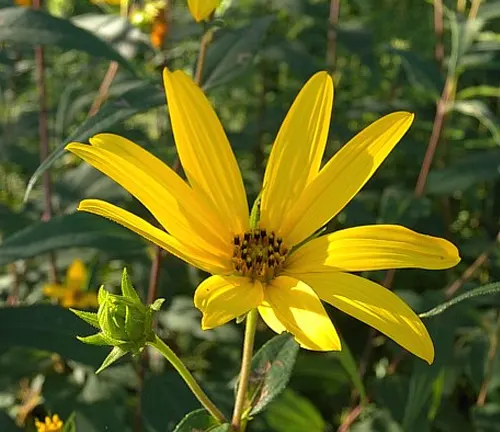
Woodland Elegance
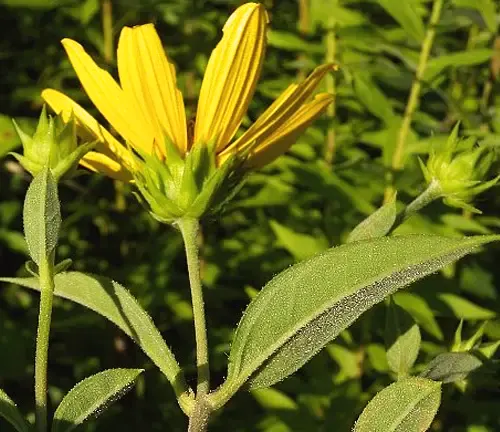
The Hairy Sunflower possesses a distinctive elegance that sets it apart from other sunflower species. Its name, “hairy,” derives from the fine, soft hairs that cover its sturdy stems. These stems can reach heights of 3 to 6 feet, creating a graceful silhouette in natural settings. The pièce de résistance, of course, is its bright yellow flowers. Resembling classic sunflowers, these blossoms have a central disk surrounded by radiant petals, making them a true symbol of woodland beauty.
Ecological Importance
Beyond its aesthetic appeal, the Hairy Sunflower plays a vital role in supporting North American ecosystems. Its nectar-rich flowers are a beacon for pollinators, including bees and butterflies. These insects visit the flowers for nourishment and unwittingly facilitate pollination, benefiting not only the sunflowers but also neighboring plants. Moreover, Hairy Sunflower seeds are a coveted food source for various bird species, adding another layer to its ecological importance.
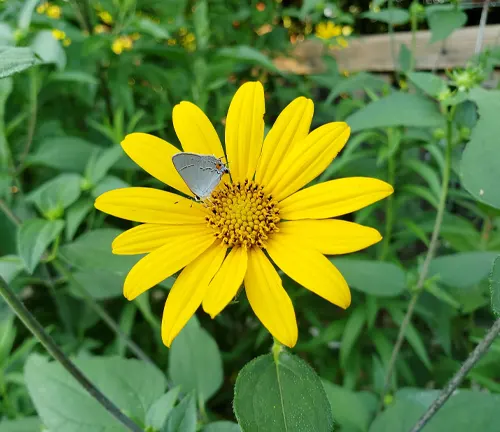
Cultivation and Conservation
Gardeners and conservationists have recognized the value of the Hairy Sunflower. Its adaptability to diverse soil types and relatively low maintenance requirements make it a favorite choice for native plant gardening. By incorporating this sunflower into landscapes, individuals contribute to the conservation of native flora and fauna, helping to preserve the natural beauty and biodiversity of their surroundings.

Fragrance
While the Hairy Sunflower may not be known for its fragrance, its visual appeal more than compensates for its lack of scent. The sight of a field of these sunflowers in full bloom is a feast for the eyes and a testament to the wonders of nature.
Soil Stabilization
Another unsung benefit of the Hairy Sunflower is its role in soil stabilization. With its deep root system, this sunflower helps prevent soil erosion in areas where it thrives. Its ability to anchor soil makes it a valuable asset in maintaining the integrity of ecosystems and preventing habitat degradation.
Benefits
In summary, the Hairy Sunflower is not just a pretty face in the world of wildflowers. Its ecological importance, adaptability for cultivation, and role in soil stabilization make it a standout species in North American landscapes. Whether you encounter it in a pristine meadow or incorporate it into your garden, the Hairy Sunflower serves as a symbol of the intrinsic connection between beauty and ecological significance in the natural world.
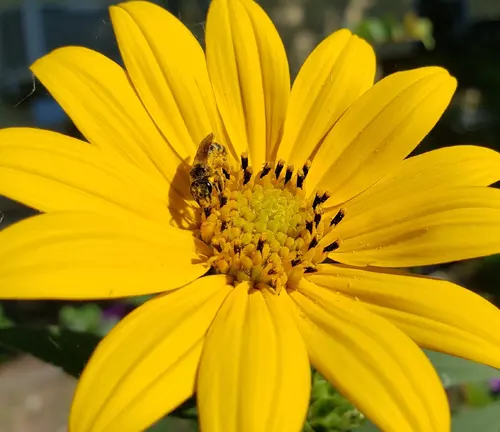

Frequently Asked Questions (FAQs)
- Do Hairy Sunflowers have any medicinal uses?
Some indigenous cultures have historically used parts of the Hairy Sunflower for medicinal purposes. The roots and leaves were sometimes employed to treat various ailments. However, it’s crucial to consult with experts before using wild plants for medicinal purposes, as improper usage can be harmful. - Are there any rare or specialized pollinators associated with Hairy Sunflowers?
While bees and butterflies are common visitors to Hairy Sunflowers, some regions may have specific, less common pollinators uniquely adapted to these flowers. Researchers are continually discovering new interactions between native plants and local pollinators, so there may be lesser-known pollinators associated with this sunflower. - Can Hairy Sunflowers thrive in urban environments?
Although Hairy Sunflowers are typically associated with natural habitats, they can adapt to urban settings. Some conservation initiatives involve planting Hairy Sunflowers in urban gardens or green spaces to support local wildlife. Their resilience and attractiveness make them a valuable addition to urban biodiversity efforts. - Do Hairy Sunflowers have any cultural significance or symbolism?
Native plants often hold cultural significance for indigenous peoples. Hairy Sunflowers may have stories, legends, or symbolic importance within certain Native American tribes or other cultures. Exploring these cultural connections can provide a deeper understanding of the plant’s significance. - Are there any specific threats to the Hairy Sunflower’s survival?
While Hairy Sunflowers are not typically considered endangered, their habitats can be threatened by factors such as habitat destruction due to development, invasive plant species, and climate change. Conservation efforts often focus on protecting and restoring the ecosystems where these sunflowers thrive to ensure their long-term survival.


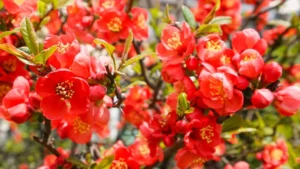
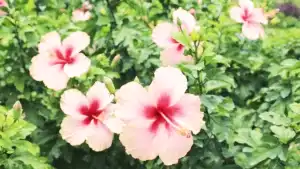
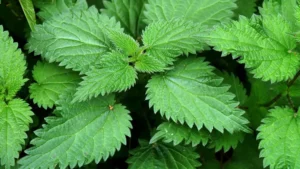
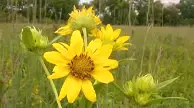
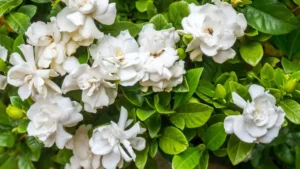
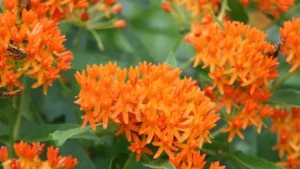

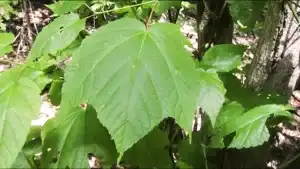


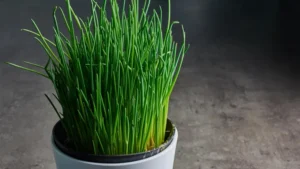
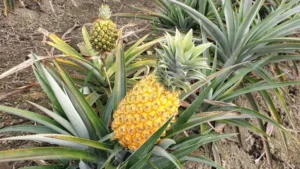
Leave your comment